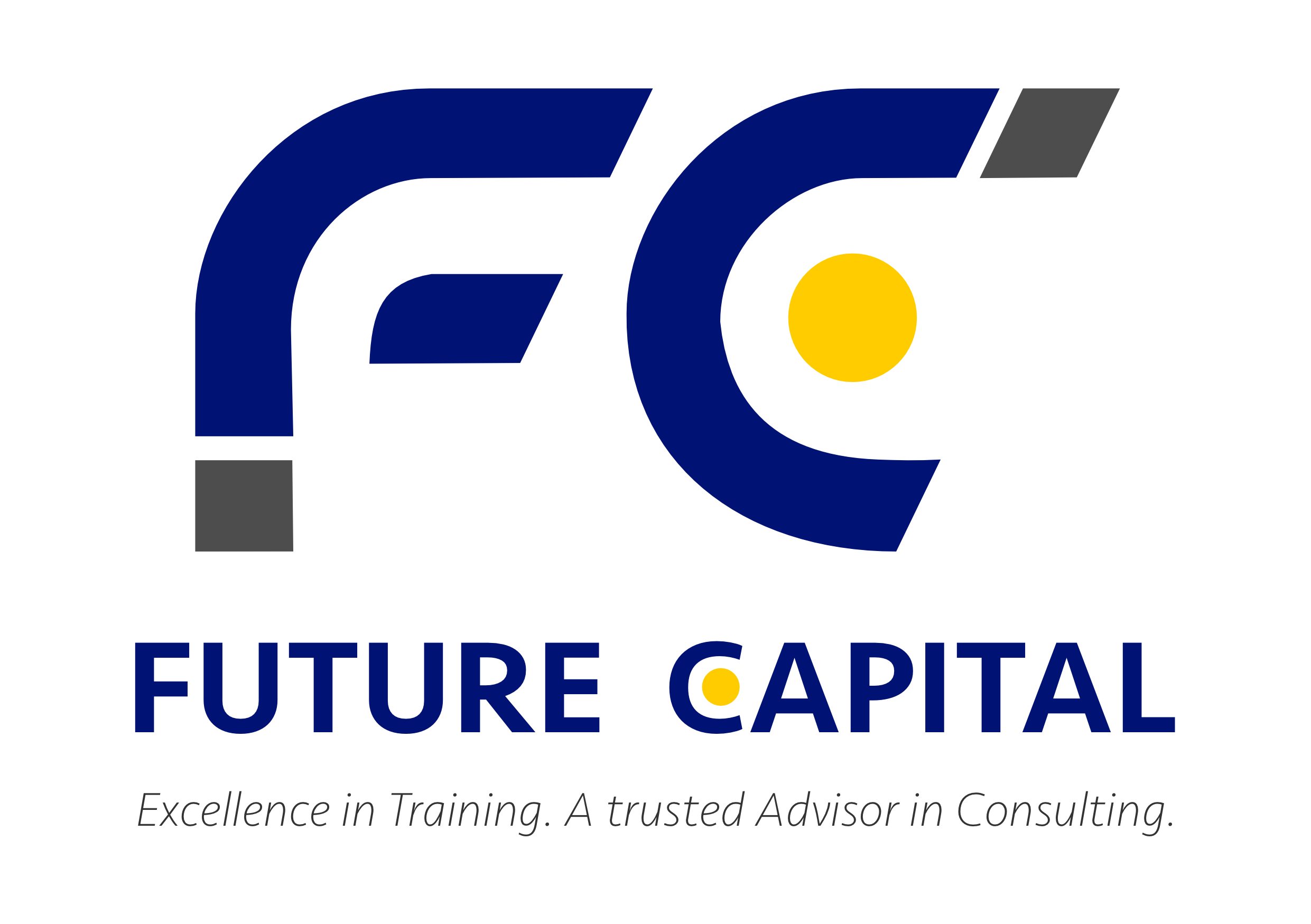Sasol used to be to South Africa what ICI was to the UK. A true juggernaut of a company which was seen as a bellwether for its home country. There used to be a saying that if you wanted to know how the UK economy was doing, you only need to look at the results of ICI, and so it was for South Africa and Sasol. It was one of the few companies, that I have ever seen at any rate, whose share price was so stable that it attracted a Beta of less than 1 – meaning that its share price, at the time, was more stable than the prevailing market. So, a stable, if boring company.
Then they decided to get more exciting by taking a huge bet on a massive expansion of their Ethane cracker plant in Lake Charles, Louisiana, USA (LCCP). It was going to propel Sasol into a global chemicals giant. As a Banker, I was pleased to be part of this exciting new journey and, as part of Sasol’s prep for the funding it wanted to raise for the LCCP, in 2012, we were one of 3 banks chosen as Bookrunners for Sasol’s first ever US$ Bond issue (they never really needed to borrow any money before then, their business was that cash generative). The bond was pitched at an initial $500m benchmark issue, but such was the demand that the issue was eventually raised to $1bn. Those were the good times.
In 2014, Sasol eventually raised $9bn in funding for the LCCP and off they went to Louisiana. Management of the project was, however, nothing short of a disaster and costs escalated to $12bn. As the scale of the problem came to light, Sasol’s share price went into a death spiral, from around R375bn in 2018 to R12bn in 2020 – a near death experience, if ever there was one. So incensed were Shareholders that the two joint CEOs were given the boot. Consequence Management Sasol called it at the time.
Now I see that they are at it again having just impaired their entire Secunda liquid fuels plant to the tune of R35bn. Thankfully, this time around it is generally due stuff outside management’s control: high interest rates, high input costs and, rather more worryingly, problems meeting emission targets which leaving them open to action which could force closure of the plant.
Notwithstanding, this must come as a relief for current management, who are also able to point to strong growth in underlying headline earnings, coupled with a juicy dividend for Shareholders. They probably won’t have to worry about a tap on the shoulder followed by the words, Consequence Management, anytime soon.
